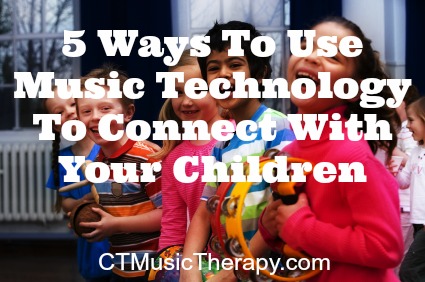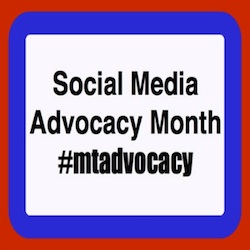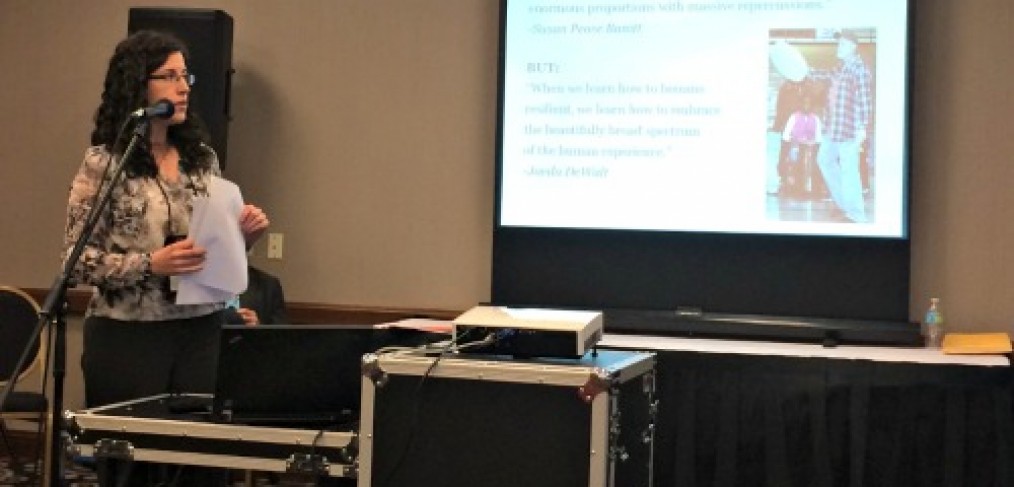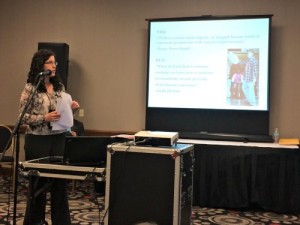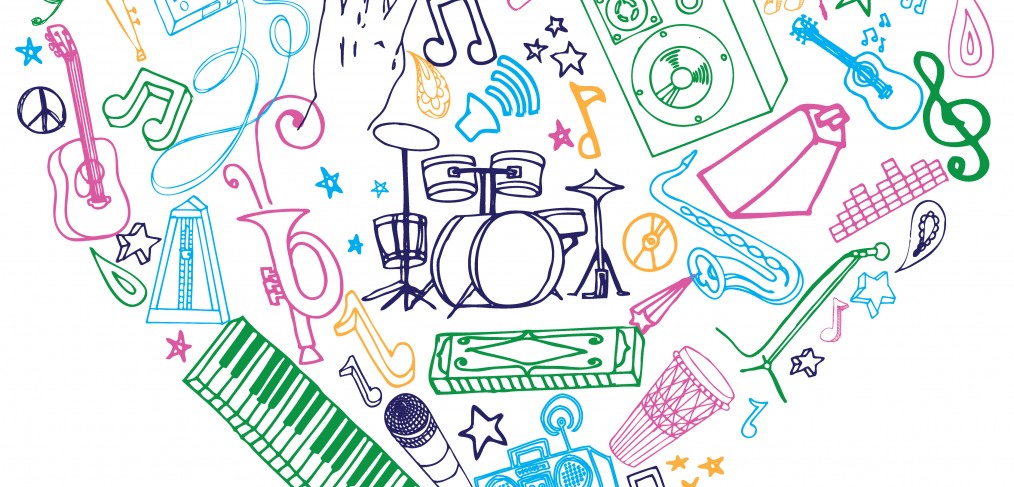Advocacy –> Recognition –> Access
Since 2005, the American Music Therapy Association and the Certification Board for Music Therapists have collaborated on a State Recognition Operational Plan. The primary purpose of this Plan is to get music therapy and our MT-BC credential recognized by individual states so that citizens can more easily access our services. The AMTA Government Relations staff and CBMT Regulatory Affairs staff provide guidance and technical support to state task forces throughout the country as they work towards state recognition. To date, their work has resulted in 35 active state task forces, 2 licensure bills passed in 2011, and an estimated 10 bills being filed in 2012 that seek to create either a music therapy registry or license for music therapy. This month, our focus is on YOU and on getting you excited about advocacy.
Many typical jobs and professions are relatively self-evident- mechanic, teacher, doctor, lawyer, chef, accountant, singer. Others are a little less obvious but don’t raise eyebrows: project manager, consultant… When your profession is “music therapist” you get raised eyebrows and questions. The responses we get can be both exciting (“I really believe in that, how wonderful”) to insulting (“so, you didn’t have to go to college for that, did you?”)
Part of the life of a music therapist is knowing an adaptable “elevator pitch” that can satisfy the most skeptical and the most excited asker of the question “So, what is this music therapy thing”. If we are lucky, we get 60 seconds to turn someone into a believer with our elevator pitch. If we are really lucky, we get a few more minutes than that with the promise of a phone call or meeting to come. AND if we are off the charts lucky we get a year like 2011.
2011, was the year that “our time has come” according to the AMTA Executive Director Andrea Farbman. I am inclined to believe her too- this past year has seen a NY Times Bestseller featuring a MT-BC as a main character, and another very popular novel doing the same—and the promise of feature films in the future. Then there was the movie “The Music Never Stopped” based on a true story, again prominently featuring music therapy. Two states (Nevada and North Dakota) passed legislation licensing music therapists and recognizing our credential MT-BC. Ben Folds attended our AMTA national conference so he could learn more about music therapy. Finally, the recovery and continued rehabilitation of Rep. Gabby Giffords included music therapy as an important part of her treatment.
By the very nature of our profession we are advocates for the profession. At Connecticut Music Therapy Services, practice we do this
-by providing the best possible clinical services to every client we work with
-by being generous with our time in educating the public about music therapy
-by creating quality jobs for excellent music therapists
-by working with AMTA on the Connecticut Task Force for State Recognition
-by volunteering our time contributing to our regional and national organizations
We are doing all of these things to provide access to music therapy to more people who need it! We advocate for music therapy because our clinical experiences and the research all say it works- we know it deep down. And when you know music therapy can help someone live a better life, heal, communicate, become more independent, and achieve health, why wouldn’t you want to remove every obstacle that stands in their way?
Advocacy goes far beyond our feelings over the “general public” not knowing what it is that we do. Advocacy is about people who need music therapy being able to access music therapy, provided by qualified professionals, easily, with as few barriers as possible. So we advocate and will keep on advocating.
And a funny thing happens- advocacy is contagious. We music therapists believe it and act on it every day…then suddenly our co-workers, colleagues, administrators, clients….they become advocates too, with an equal level of passion
Our “time” may have come in 2011 but I think in 2012 the best is yet to come.

